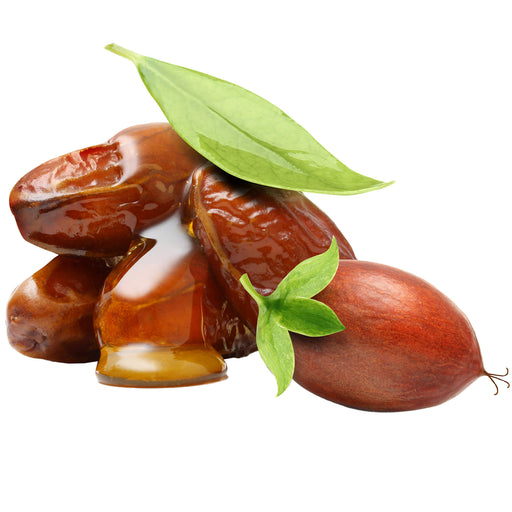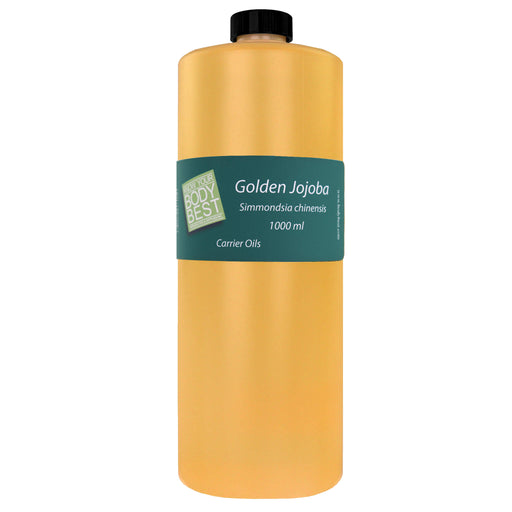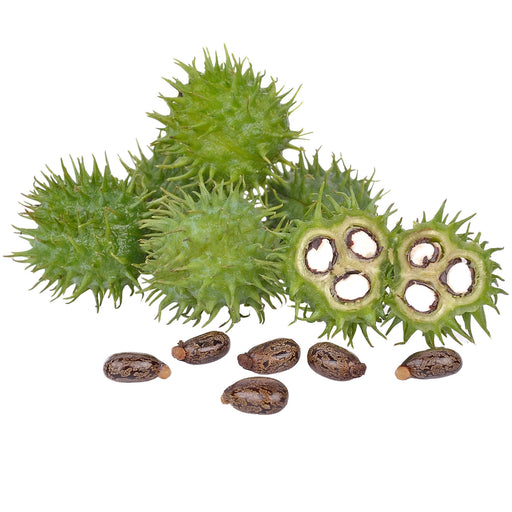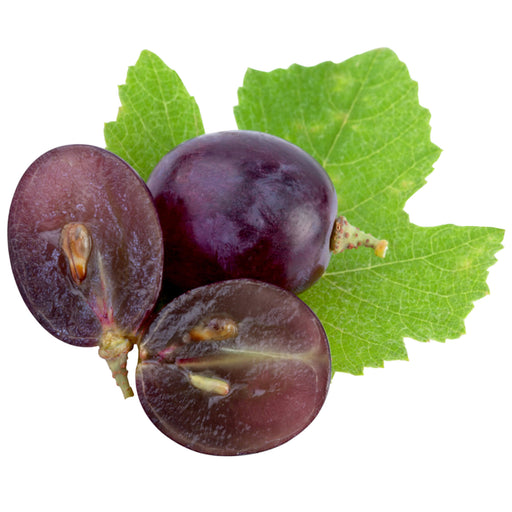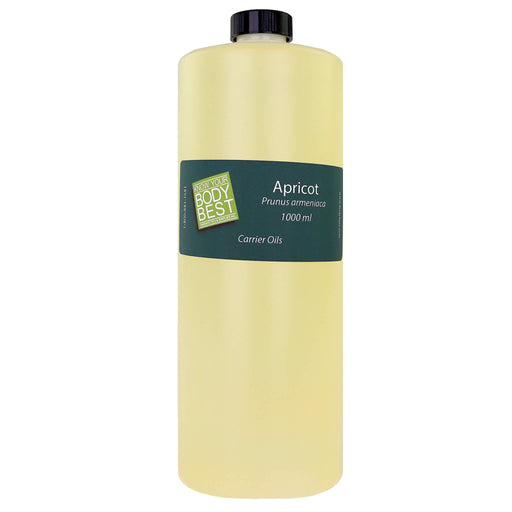over $250.00

Lavender in History and its Therapeutic Use
The therapeutic use of lavender and lavender essential oil can be traced back centuries, with a rich history of medicinal and aromatic applications.
When do therapists use lavender during treatments?
Here's an overview of the history and benefits associated with lavender:
Ancient Times: The use of lavender dates back to ancient civilizations, including the Egyptians, Greeks, and Romans. The ancient Egyptians incorporated lavender in the embalming process and as a perfume. Ancient Romans used it for bathing, cooking, and scenting the air - namely to cover odours.
Middle Ages: During the Middle Ages, lavender gained popularity as a medicinal herb in Europe. It was believed to possess healing properties and was used to treat various ailments, including digestive issues, headaches, and insomnia. Lavender was also scattered on the floors of homes to repel insects and prevent infections.
Renaissance Period: Lavender continued to be used for its medicinal properties in the Renaissance era. It was often included in herbal remedies and preparations, and its essential oil was extracted for therapeutic purposes.
Modern Era: In the 20th century, the use of lavender declined with the emergence of synthetic drugs. However, interest in natural remedies and aromatherapy led to a resurgence in lavender's popularity.
The 15th Century herbalist Nicholas Culpepper had this to say (among much else) of the healing qualities of lavender:
Lavender is of a special good use for all the griefs and pains of the head and brain that proceed of a cold cause, as the apoplexy, falling-sickness, the dropsy, or sluggish malady, cramps, convulsions, palsies, and often fainting. It strengthens the stomach, and frees the liver and spleen from obstructions, provokes women's courses, and expels the dead child and after-birth. The flowers of Lavender steeped in wine, helps them to make water that are stopped, or are troubled with the wind or colic, if the place be bathed therewith.

Here's a brief list of some of the benefits of lavender and lavender essential oil:
- Relaxation and Sleep: Lavender is widely recognized for its calming effects. The inhalation or topical application of lavender essential oil is believed to promote relaxation, reduce stress, and aid in sleep. It is commonly used in aromatherapy for its soothing properties.
- Anxiety and Stress Relief: Lavender is thought to have anxiolytic properties, meaning it may help reduce anxiety symptoms. Inhaling lavender essential oil or using it in massage oils and bath products is believed to induce a sense of calmness and relaxation.
- Pain Relief: Lavender has been used traditionally to relieve pain and discomfort. It is often incorporated into massage oils or applied topically to ease muscle soreness, headaches, and minor aches and pains.
- Skin Care: Lavender essential oil is known for its skin-nourishing and anti-inflammatory properties. It is used in various skincare products, such as soaps, creams, and lotions, to soothe and moisturize the skin. Lavender may also help alleviate skin conditions like acne, eczema, and psoriasis.
- Respiratory Health: Inhalation of lavender essential oil may provide respiratory benefits. It is believed to help relieve congestion, coughs, and respiratory infections. Lavender's pleasant aroma can also help create a relaxing environment during respiratory illness.
While lavender is generally considered safe for most people, some individuals may be sensitive or allergic to it. It's always recommended to perform a patch test and consult with a healthcare professional before using lavender products, especially if you have any underlying medical conditions or are taking medications.
Being an inhabitant almost in every garden, it is so well known, that it needs no description. - Nicholas Culpeper

How have the therapeutic benefits of lavender been seen in history?
Given the extensive history and cultivation of lavender, many varieties have emerged, each with its own unique characteristics and uses. However, a few lavender varieties are particularly well-known and commonly used for therapeutic purposes.
- Lavandula angustifolia (English Lavender): This is one of the most widely recognised and commonly used lavender varieties for therapeutic purposes. It has a sweet, floral fragrance and is known for its calming and relaxing effects. English lavender essential oil is often used in aromatherapy to promote relaxation, alleviate anxiety, and aid in sleep.
- Lavandula x intermedia (Lavandin): Lavandin is a hybrid lavender variety that is a cross between Lavandula angustifolia and Lavandula latifolia. It has a stronger, more camphoraceous scent compared to English lavender. Lavandin essential oil is often used for its antiseptic properties and to relieve muscle aches and pains.
- Lavandula latifolia (Spike Lavender): Spike lavender has a sharper, more medicinal aroma compared to other lavender varieties. It is known for its expectorant properties and is commonly used to help relieve respiratory conditions like coughs, congestion, and bronchitis. Spike lavender essential oil is also used topically for its analgesic and anti-inflammatory effects.
- Lavandula stoechas (Spanish Lavender): Spanish lavender is characterised by its distinctive "rabbit ear" flowers. While it is less commonly used for therapeutic purposes compared to other varieties, it is known for its uplifting and energising properties. Spanish lavender essential oil is sometimes used in aromatherapy blends for its invigorating scent.
- Lavandula dentata (French Lavender): French lavender has serrated-edged leaves and a slightly more camphoraceous fragrance compared to English lavender. It is often used in perfumery and as a decorative plant. While it is not as commonly used for therapeutic purposes, French lavender essential oil may still possess some relaxing and calming properties.
When selecting lavender products for therapeutic use, it's advisable to choose high-quality, pure essential oils or products from reputable sources to ensure their efficacy and safety.
Featured collection
-
Original price $14.99 - Original price $124.99$14.99 - $124.99$14.99
Lowest Price per ml: $36.66
$9.99 - $109.99$9.99 - $109.99Current priceCurrent Price: $29.99
Price Per ml: $29.99
$9.99BodyBest Fractionated Coconut Massage Oil
BodyBestIn stockBenefits of BodyBest Fractionated Coconut Massage Oil Elevate your massage experience with our house-branded Fractionated Coconut Massage Oil, a pr...
View full detailsOriginal price $14.99 - Original price $124.99$14.99 - $124.99$14.99Lowest Price per ml: $36.66
$9.99 - $109.99$9.99 - $109.99Current priceCurrent Price: $29.99
Price Per ml: $29.99
$9.99Save up to 12% -
$0.00 - $0.00$0.00
Lowest Price per ml: $0.06
$14.99 - $59.99$14.99 - $59.99Current priceCurrent Price: $14.99
Price Per ml: $0.14
$14.99Golden Jojoba Oil
BodyBestOut of stockProfessional Golden Jojoba Oil for Clinical & Therapeutic Practice Golden Jojoba Oil is a professional-grade massage and treatment oil formulat...
View full details$0.00 - $0.00$0.00Lowest Price per ml: $0.06
$14.99 - $59.99$14.99 - $59.99Current priceCurrent Price: $14.99
Price Per ml: $0.14
$14.99Sold out -
$0.00 - $0.00$0.00
Lowest Price per ml: $0.03
$11.99 - $29.99$11.99 - $29.99Current priceCurrent Price: $11.99
Price Per ml: $0.04
$11.99Castor Oil
BodyBestIn stockProfessional Castor Oil for Targeted Therapeutic & Wellness Applications Castor Oil is a high-viscosity, professional-grade oil formulated for ...
View full details$0.00 - $0.00$0.00Lowest Price per ml: $0.03
$11.99 - $29.99$11.99 - $29.99Current priceCurrent Price: $11.99
Price Per ml: $0.04
$11.99 -
$0.00 - $0.00$0.00
Lowest Price per ml: $0.02
$29.99 - $99.99$29.99 - $99.99Current priceCurrent Price: $29.99
Price Per ml: $0.02
$29.99Grapeseed Oil
BodyBestOut of stockUses and Benefits of Grape seed Oil Grape seed oil has anti-inflammatory and antimicrobial properties. In addition, the oil is rich in omega chain ...
View full details$0.00 - $0.00$0.00Lowest Price per ml: $0.02
$29.99 - $99.99$29.99 - $99.99Current priceCurrent Price: $29.99
Price Per ml: $0.02
$29.99Sold out -
$0.00 - $0.00$0.00$29.99$29.99 - $29.99Current price$29.99
Apricot Oil Cold Pressed 1L
BodyBestOut of stockProfessional Cold-Pressed Apricot Oil for Massage & Body Treatments Cold-Pressed Apricot Oil is a lightweight, professional-grade massage oil f...
View full details$0.00 - $0.00$0.00$29.99$29.99 - $29.99Current price$29.99Sold out


